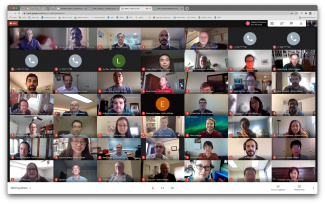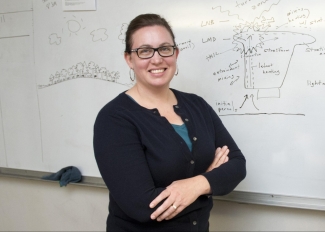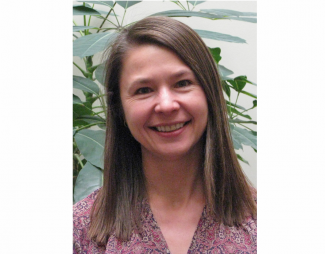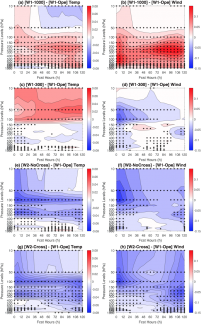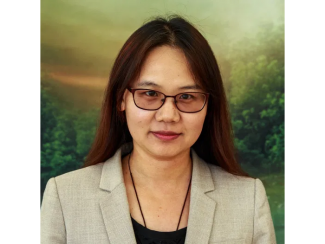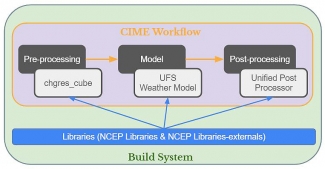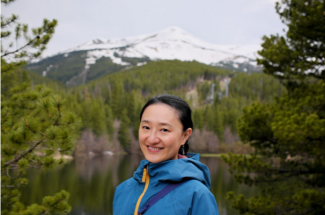The three-day HFIP Annual Meeting 2020 was held virtually on November 17-19, 2020. Approximately 130 participants from NOAA line offices, DTC, NCAR, and university partners participated in the meeting. NOAA/NWS/OSTI Modeling Program Division Director Dr. Dorothy Koch kicked off the meeting with welcoming remarks. Day one focused on HFIP programmatic updates, a discussion of forecasters' needs and current activities supporting operations and a summary of the results from the forecasters' HFIP display survey. Day two consisted of a review of the current state of operational modeling capabilities and results from the 2020 hurricane season real-time experiments, as well as a special panel discussion on the operational modeling challenges faced by both forecasters and the developers that was helmed by panelists from the UK Met Office and ECMWF. The final day opened with updates on the HFIP-funded external research, followed by discussions on the development of the next-generation Hurricane Analysis and Forecast System (HAFS). As is evident from the Agenda, each day was tightly packed with engaging presentations that represented the diverse interests of the field. NOAA/AOML Hurricane Research Division Director Dr. Frank Marks concluded the meeting with a summary and recommendations.
The primary objective of this meeting was to assess the progress made and challenges identified in achieving the HFIP goals, as documented in the 2019 HFIP Strategic plan. This plan was developed under the Weather Research and Forecasting Innovation Act, Section 4. To meet the plan’s objectives, six key strategies were developed: 1) advance the operational HAFS; 2) improve probabilistic guidance; 3) enhance communication of risk and uncertainty; 4) support dedicated high-performance computing allocation; 5) R2O enhancement; and 6) broaden expertise and expand interaction with the external community.

